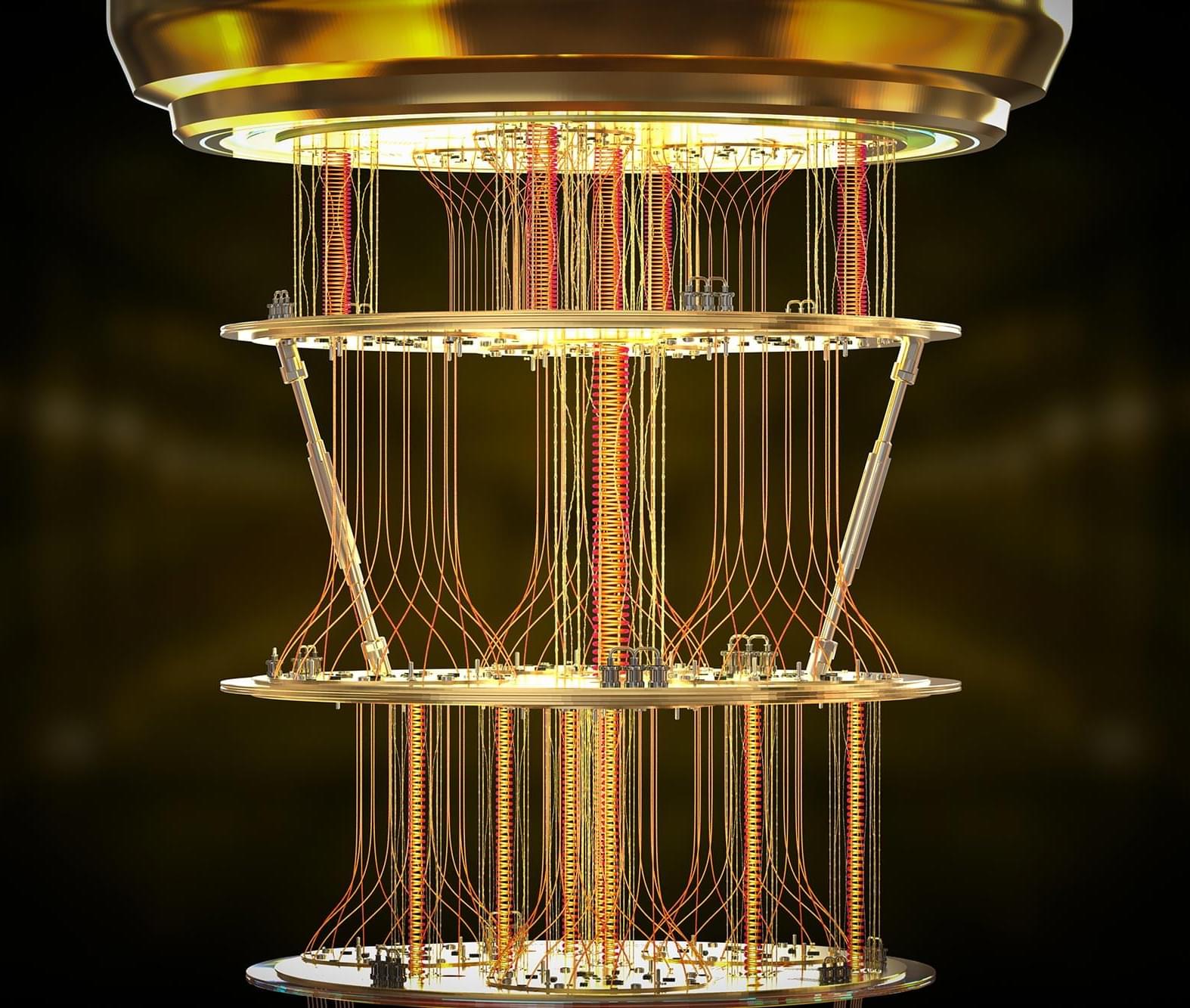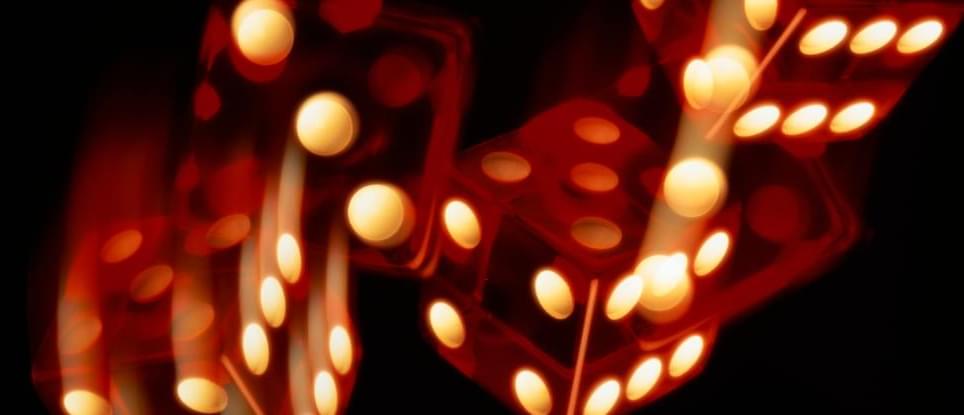Quantum holograms using polarized light and metasurfaces enable precise control over entangled holographic information, advancing practical applications in quantum communication and anticounterfeiting technologies



Keratinocytes produce collagen fibers, while deeper fibroblasts later modify the collagen fibers initially formed by keratinocytes. Challenging the long-standing belief that fibroblasts produce skin collagen, researchers at Okayama University have investigated collagen formation in the ‘glass-skinned’ amphibian axolotl and other vertebrates. They discovered that keratinocytes, the surface cells of the skin, are responsible for producing collagen, which is then transferred deeper to form the dermis. Later, fibroblasts migrate into this collagen layer, modifying and reinforcing its structure.
The skin consists of two primary layers. The epidermis, the outermost layer, is predominantly made up of keratinocytes, while the deeper dermis contains blood vessels, nerves, and structural proteins such as collagen, which give the skin its strength and texture. Traditionally, fibroblasts — specialized supporting cells within the dermis — have been believed to play a key role in producing collagen.
In humans, collagen is formed before and after birth. It has been believed that fibroblasts play an exclusive role in collagen production in the skin, and no keratinocytes contribute to collagen production. The statement “Collagen production in the human skin is achieved by fibroblasts” has been an unspoken agreement in the skin research field.



A quantum machine has used entangled qubits to generate a number certified as truly random for the first time, demonstrating a handy function that’s physically beyond even the most powerful supercomputer.
Researchers from the US and UK repurposed existing quantum supremacy experiments on Quantinuum’s 56-qubit computer to roll God’s dice. The result was a number so random, no amount of physics could have predicted it.
Quantum technology is becoming critical for secure electronic communication as cybersecurity threats increase.

As scientists, we often think we understand a virus—its structure, its tricks, the way it moves through the body. But every once in a while, we stumble upon something unexpected—something that completely changes the way we see an infection.
I have spent years studying the molecular tactics of viruses—how they invade, replicate, and most intriguingly, how they evade our immune system. Some strategies are well documented: antigenic drift, glycan shielding, immune suppression. But every so often, we stumble upon a novel mechanism that redefines our understanding of viral pathogenesis.
A recent finding in Nature showed that the spike protein of SARS-CoV-2 binds with fibrinogen, leading to thrombo-inflammation. This raises a fundamental question: Why does the virus need to bind with fibrinogen? Could this interaction provide an evolutionary advantage to the virus? Could this be the reason behind post-COVID heart attack cases?

A genetic mutation in horses that would typically halt protein production has become a molecular asset. Researchers at Johns Hopkins University and Vanderbilt University have identified a rare instance of genetic recoding that enhances oxygen metabolism and energy production in horses, donkeys, and zebras.
The findings, published in Science, provide insight into the genetic foundation of exceptional equine athletic ability, and hint at an entirely new way of dealing with stop codons.
Few mammals match horses in aerobic performance. Muscle tissue in thoroughbreds consumes oxygen at rates exceeding 360 liters per minute. Oxygen uptake per unit of body mass is more than twice that of elite human athletes. While many genes involved in muscle structure and locomotion have been studied, the genetic basis for this level of metabolic output has remained unclear.
Lithium-ion batteries are part of everyday life. They power small rechargeable devices such as mobile phones and laptops. They enable electric vehicles. And larger versions store excess renewable energy for later use, supporting the clean energy transition.
Australia produces more than 3,000 metric tons of lithium-ion battery waste a year. Managing this waste is a technical, economic and social challenge. Opportunities exist for recycling and creating a circular economy for batteries. But they come with risk.
That’s because lithium-ion batteries contain manufactured chemicals such as PFAS, or per-and polyfluoroalkyl substances. The chemicals carry the lithium—along with electricity—through the battery. If released into the environment, they can linger for decades and likely longer. This is why they’ve been dubbed “forever chemicals”

I stormed a castle in Burbank that is home to the Terraformer — a machine that uses air, water, and sunlight to produce all the fuel we’d ever need. It’s cheap and can be run in almost any condition, anywhere in the world. The only problem? It’s wildly inefficient – but for the first time in history, solar power is so cheap that it no longer matters.
Plus, we get to see the misuse of a cake mixer to further the cause of science! Leave a comment to let us know if this is your favorite misuse of a cake mixer.
Timestamps:
0:00 — Welcome to Hard Reset.
1:16 — Meet Casey Handmer.
3:06 — A cheaper kind of fuel.
6:13 — Casey’s plan.
7:08 — The terraformer.
8:27 — The carbon capture system.
10:50 — The power of methane.
12:16 — An inefficient process.
13:50 — Terraform Industries’ next step.